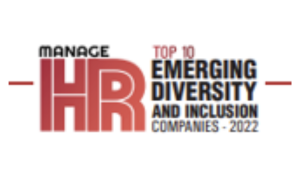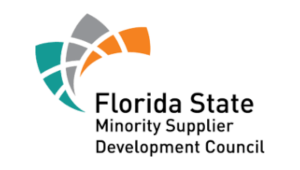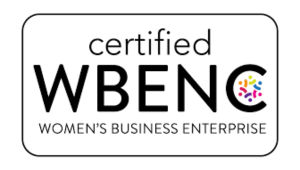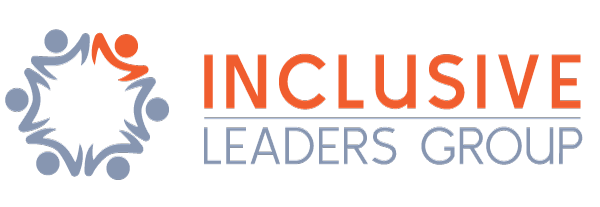Three diversity and inclusion trends will define the workplace this year in 2021:
- Disrupting Unconscious Bias During Talent Acquisition
In the second half of 2021 we can expect to see a focus on how managers’ and leaders’ biases influence an organization’s growth – or lack thereof – towards a diverse and inclusive workplace. Change begins with overhauling talent acquisition processes to ensure better hiring of minorities and women when the groups are underrepresented.
Every day, candidates are hired—or not hired—based on factors that have nothing to do with their ability to do a job well. One of the main reasons for this is unconscious bias—also known as implicit bias. Unconscious bias refers to a bias that happens automatically, is outside of our control and is triggered by our brain making quick judgments and assessments of people and situations, influenced by our background, cultural environment, and personal experiences.
Unconscious bias can influence hiring decisions in ways that HR managers and other company leaders might not even realize. This unintentional discrimination negatively impacts recruitment and hiring efforts, potentially resulting in prejudicial decisions and judgments about candidates, and often making it more difficult for candidates from traditionally underrepresented groups to get hired.
Identify and overcome unconscious bias to advance inclusiveness in your organization with competency based training.
- Shifting From Diversity and Inclusion to Equity and Belonging
The past few years have made clear that a focus on diversity – or expanding representation of people from various backgrounds, views, and experiences – is only part of the equation. Inclusion – making space and amplifying the voices of all employees, equally – is another focus for employers and organizations. Many employers are also focusing on the idea of equity as part of their overall strategy. Equity in the workplace comes to light in a variety of ways from unpacking decision points that lead to pay inequity, exploring equity in talent development investments, and leveraging initiatives like Employee Resource Groups (also known as Affinity Groups) as a means to discuss equity continuation preparation. The focus on equity in the workplace will be an amplified point as companies are being asked to operate with a more profound level of transparency around compensation reporting, board representation, harassment reporting, advancement, and other talent management practices.
- Focus on Race Pay Equity
Race is pay equity’s hidden secret. The pay gap is an unrecognized racial disparity, created by systemic practices founded in a history of privilege, stereotypes and misconceptions. So, why are we not talking about race until after George Floyd was killed?
The existence of a racial pay gap is evident in the statistics but missing from mainstream discussion.
-
- Earning 82 cents to the dollar, it took until March 31, 2021 for white women to earn what the average white, non-Hispanic man will earn in 2020.
- Black, Native American and Latina women will not see the earnings of the average white, non-Hispanic man until August 13 (62 cents on the dollar), October 1 (57 cents on the dollar), and November 2 (54 cents on the dollar), respectively.
This pay disparity is even further highlighted when looking at the correlation between the earnings of men and race.
-
- Black men earn 87 cents, Native American and Hispanic men earn 91 cents, and Pacific Islander men earn 95 cents for every dollar the average white, non-Hispanic man earns, according to research by PayScale.
So, if the racial pay gap is so prevalent, why have executives not been addressing race pay equity? Companies are speaking out against racial injustice after the killing of George Floyd, but will they back it up with action on pay equity for Black employees?
Inclusive Leaders Group’s assessment approach provides measurable results. With a valid and reliable Assessment, Inclusive Leaders Group evaluates your organization through a Diversity & Inclusion OR Inclusive Leadership lens and uses data-driven insight to inform strategies that achieve real change.








